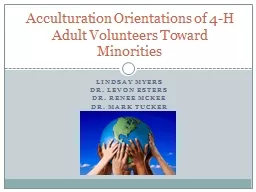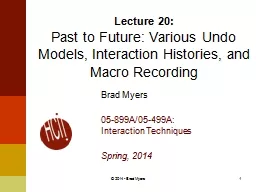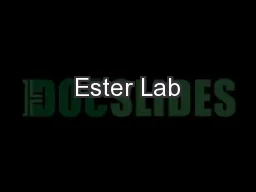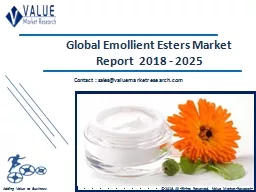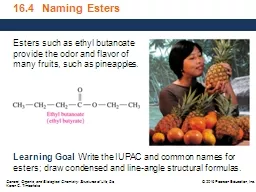PPT-Lindsay Myers Dr. Levon Esters
Author : jane-oiler | Published Date : 2018-12-17
Dr Renee McKee Dr Mark Tucker Acculturation Orientations of 4H Adult Volunteers Toward Minorities Introduction Acculturation 4H Youth Development View of the host
Presentation Embed Code
Download Presentation
Download Presentation The PPT/PDF document "Lindsay Myers Dr. Levon Esters" is the property of its rightful owner. Permission is granted to download and print the materials on this website for personal, non-commercial use only, and to display it on your personal computer provided you do not modify the materials and that you retain all copyright notices contained in the materials. By downloading content from our website, you accept the terms of this agreement.
Lindsay Myers Dr. Levon Esters: Transcript
Download Rules Of Document
"Lindsay Myers Dr. Levon Esters"The content belongs to its owner. You may download and print it for personal use, without modification, and keep all copyright notices. By downloading, you agree to these terms.
Related Documents

